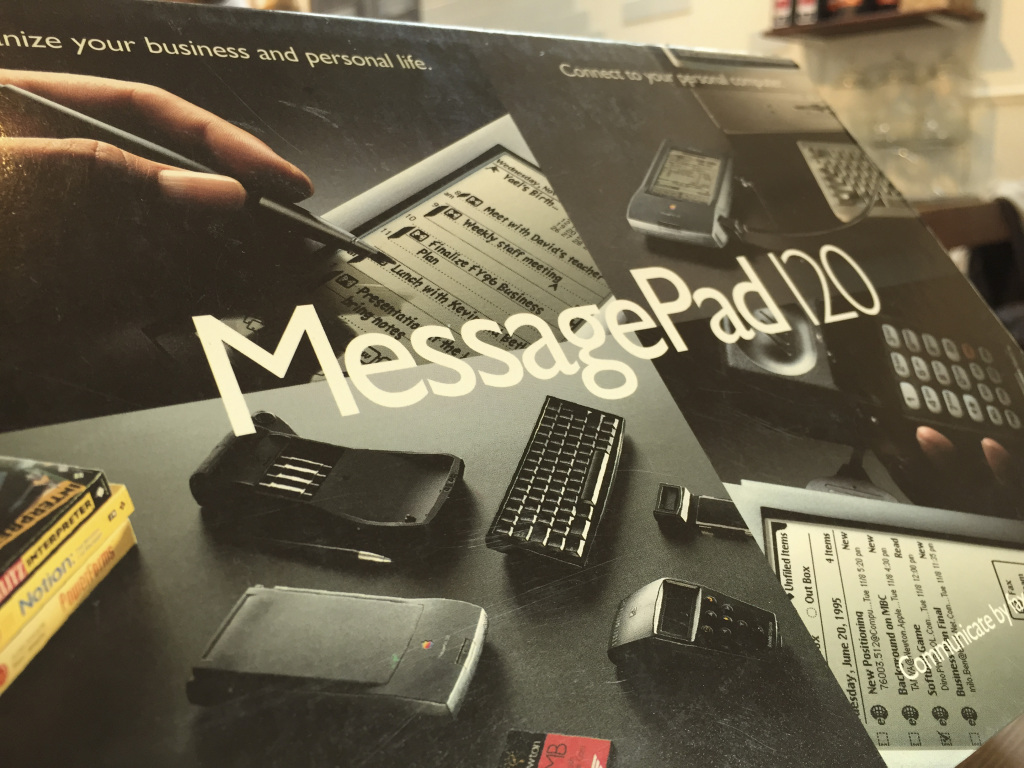A recent post by Jason Snell on Six Colors particularly resonated with me:
When I was at Macworld, the weight of an article could be quite oppressive. If you had something interesting to say, but it really couldn’t bear more than a few paragraphs, you had two choices: Just swallow it and not write anything, or fluff it up with empty filler until it seemed more substantial than it actually was. […] A lot of interesting, albeit small, stuff would just fall to the floor and be swept away with the other detritus at the end of the day: Amusing, interesting tidbits that would never be seen because they didn’t cross some imaginary threshold.
I’ll go even further: it’s very easy, when you’re acting as the mouthpiece for an important brand, to fall into the bad habit of not sharing something through its channels because it seems unimportant or trivial. There’s a feeling that unless you’re pretty sure it’s going to generate substantial levels of traffic or engagement, you shouldn’t waste your time doing it.
One of the nice things about not being in that position any more is that I can do whatever I damned well please. I have no KPIs (Key Performance Indicators) against this website; it’s no more and no less than my corner of the internet, for me to play in as I see fit.
I pitched my little titbit on locking your phone to someone, and they declined it. Fair enough; this is exactly the kind of trivial, throwaway punt I’m talking about. With nothing to lose, I quickly threw it together; as I write this, the tutorial video has been viewed over 23,000 times.
This is an anecdote rather than empirical evidence; it’s just as likely this little tutorial could have gotten a couple of hundred views and quietly died. Neither is it evidence that I have an unerring instinct for what will work. It’s not even necessarily a criticism of the cautious, results-oriented environment fostered in big publishing companies. It did, though, get me thinking again about where that attitude comes from, who’s ‘to blame’ for it – companies imposing it implicitly or explicitly, or employees inferring it correctly or incorrectly? – and whether it’s right or wrong.
Should big publishers start being much less precious about their corner of the internet? Can they?
